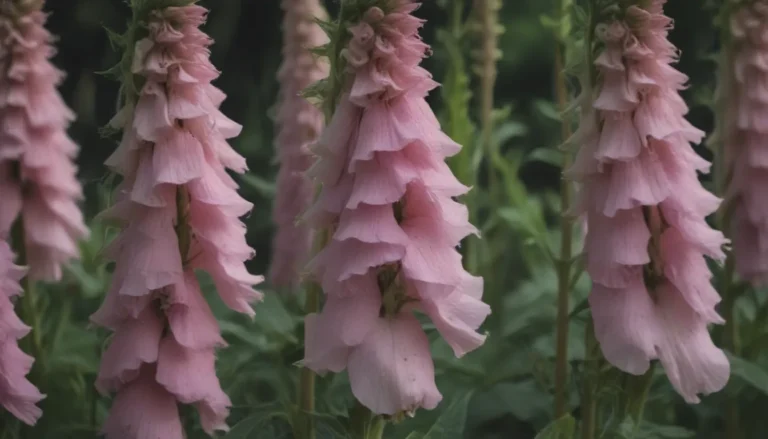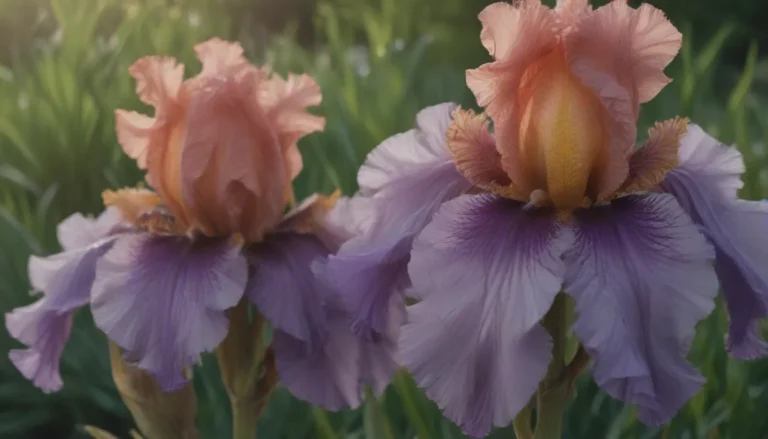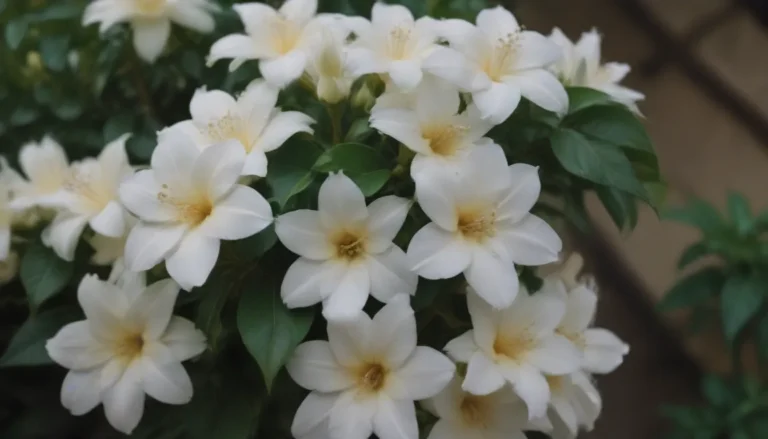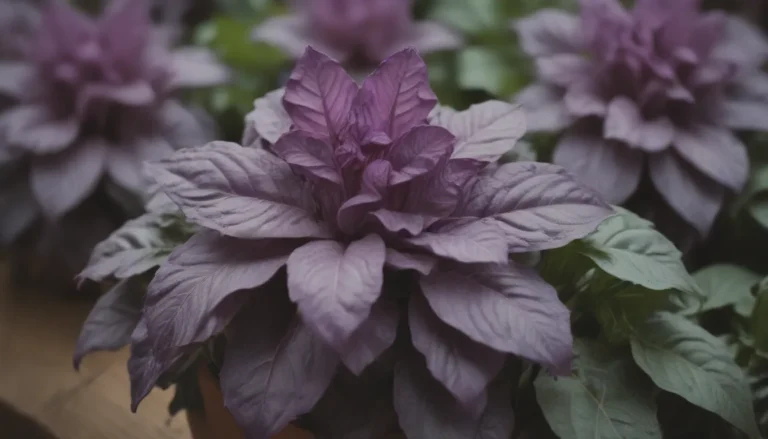Everything You Need to Know About Growing and Caring for Cherry Laurel
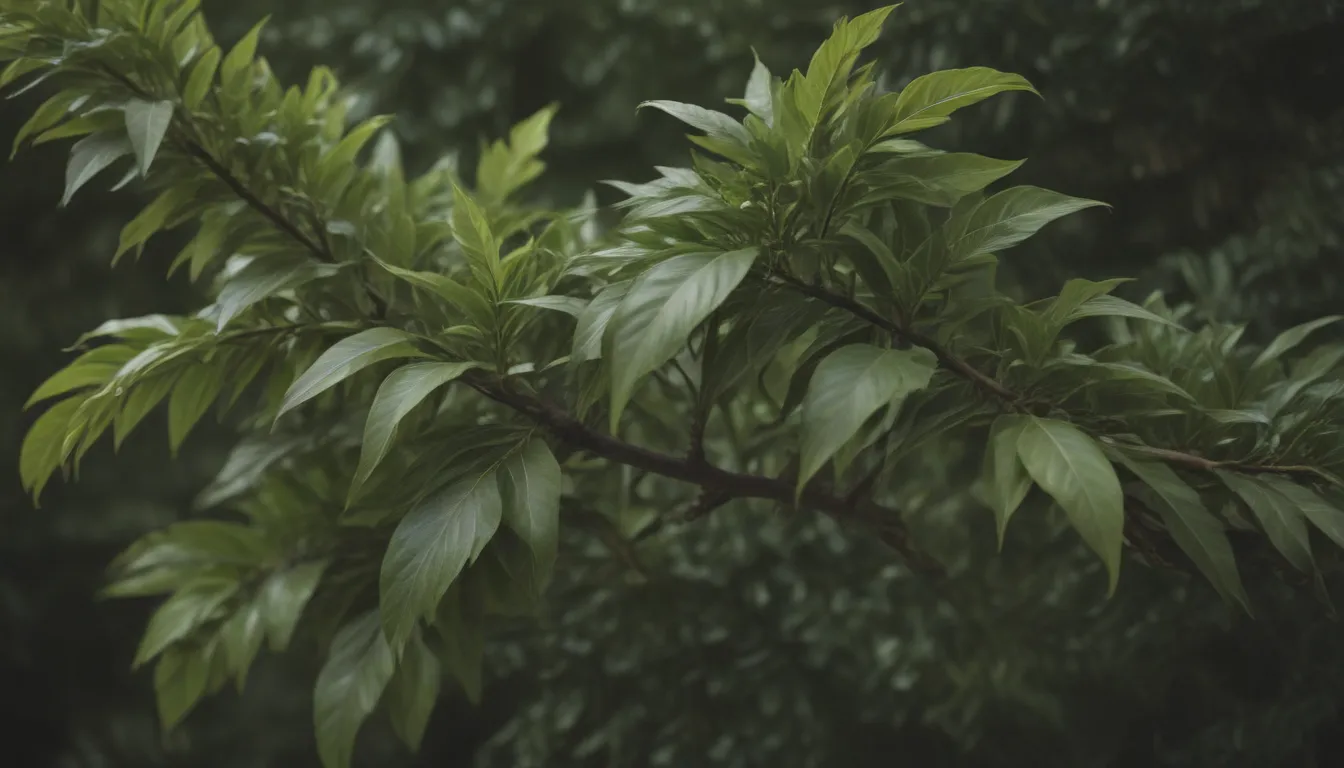
Are you looking to add a touch of elegance and beauty to your garden? Cherry laurel plants might be just what you need. These attractive evergreen shrubs are not only visually appealing but also easy to care for, making them a popular choice among gardeners. In this comprehensive guide, we will discuss everything you need to know about growing and caring for cherry laurel plants.
Introduction to Cherry Laurel
Cherry laurel plants, scientifically known as Prunus laurocerasus, belong to the same genus as plum, peach, and almond trees. These fast-growing shrubs are known for their sweet-smelling white flowers that bloom in the spring. Apart from adding aesthetic value to your garden, cherry laurels also attract birds with their cherry-like fruits and serve as a favorite spot for butterflies, bees, and other pollinators.
Thanks to their dark green, opaque foliage and distinctive white flowers, cherry laurel plants can blend seamlessly with hedges of any shape. These shade-tolerant shrubs grow rapidly and are ideal for creating privacy screens in your garden. However, it’s essential to note that all parts of the cherry laurel plant, including leaves, stems, seeds, and berries, are toxic if ingested by humans or pets.
Cherry Laurel Care Tips
When it comes to caring for cherry laurel plants, there are a few key factors to keep in mind:
Planting
- Aim to plant cherry laurel shrubs between October and March, with fall being the ideal time for planting to allow for root development before winter.
- If planting in warmer months, ensure that the shrubs receive regular watering to help them establish themselves.
Light
- Cherry laurels are fairly low-maintenance when it comes to sunlight requirements. They can tolerate full sun, partial shade, and even full shade.
- For optimal growth, provide more sun exposure in cooler climates and more shade in warmer regions.
Soil
- Proper drainage is crucial for cherry laurel plants’ survival. They prefer fertile, slightly acidic soil for healthy growth.
Water
- Water cherry laurel plants regularly to keep the soil moist, but avoid overwatering that can lead to soggy soil.
Temperature and Humidity
- While cherry laurels can thrive in various conditions, they are not frost-resistant. Aim to keep them in temperatures between 59 and 68 degrees Fahrenheit for optimal growth.
Fertilizer
- Boost your cherry laurel’s growth by using fertilizers formulated for ornamental trees and evergreens.
Types of Cherry Laurel Plants
There are several popular cultivars of cherry laurel plants, each with its unique characteristics:
- ‘Otto Luyken’
- ‘Schipkaensis’
- ‘Zabeliana’
Pruning Cherry Laurel Plants
Timing is crucial when it comes to pruning cherry laurel plants. Aim to prune them in late spring or early summer, after they have bloomed. Pruning is relatively easy, especially when maintaining them as part of a hedge.
Propagating Cherry Laurel
You can propagate cherry laurel plants through stem cuttings. Follow these steps for successful propagation:
What You’ll Need:
- Healthy cherry laurel plant
- Sharp pruning shears
- Rooting hormone
- Potting mix
- Water
Where to Cut:
- Select a healthy stem
- Make a clean cut below a node
Maintaining the Cutting:
- Plant the cutting in a sheltered spot
- Keep the soil moist
- Provide indirect sunlight
When to Plant the Cutting:
- Spring or early summer for best results
Overwintering Tips
In colder regions, cherry laurel plants may suffer from winter exposure. To protect them from browning or falling leaves during cold weather, loosely wrap the shrub with burlap without constricting it. Ensure there is enough airflow within the plant to maintain its health.
Common Pests and Diseases
While cherry laurel plants are generally hardy and disease-resistant, improper care can make them susceptible to pests and diseases. Keep an eye out for aphids, scale insects, powdery mildew, and verticillium wilt. Proper maintenance and care can help prevent these issues.
Fun Facts About Cherry Laurel Plants
- Cherry laurels can live for over 100 years.
- These fast-growing shrubs can grow up to 25 inches per year.
- Inkberry holly is another evergreen shrub that works well as a hedge, with smooth leaves and toxic dark berries.
In conclusion, growing and caring for cherry laurel plants can add beauty and charm to your garden. By following the tips and guidelines outlined in this comprehensive guide, you can ensure that your cherry laurels thrive and flourish. Remember to provide them with the right light, soil, water, and maintenance to enjoy healthy and vibrant plants in your outdoor space. Happy gardening!

